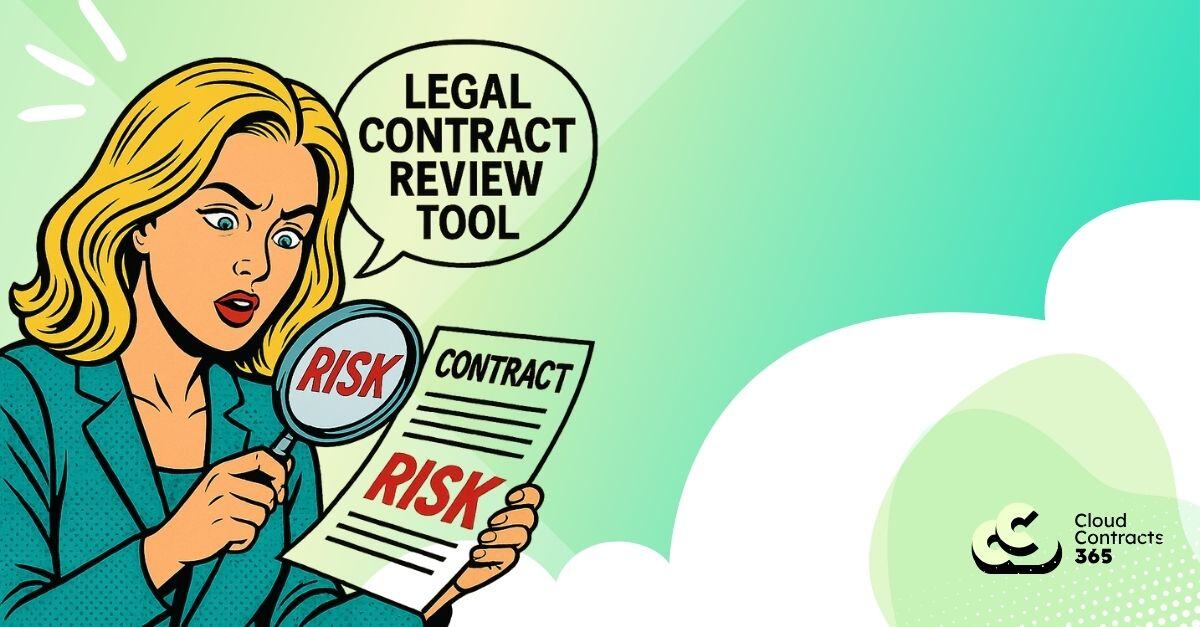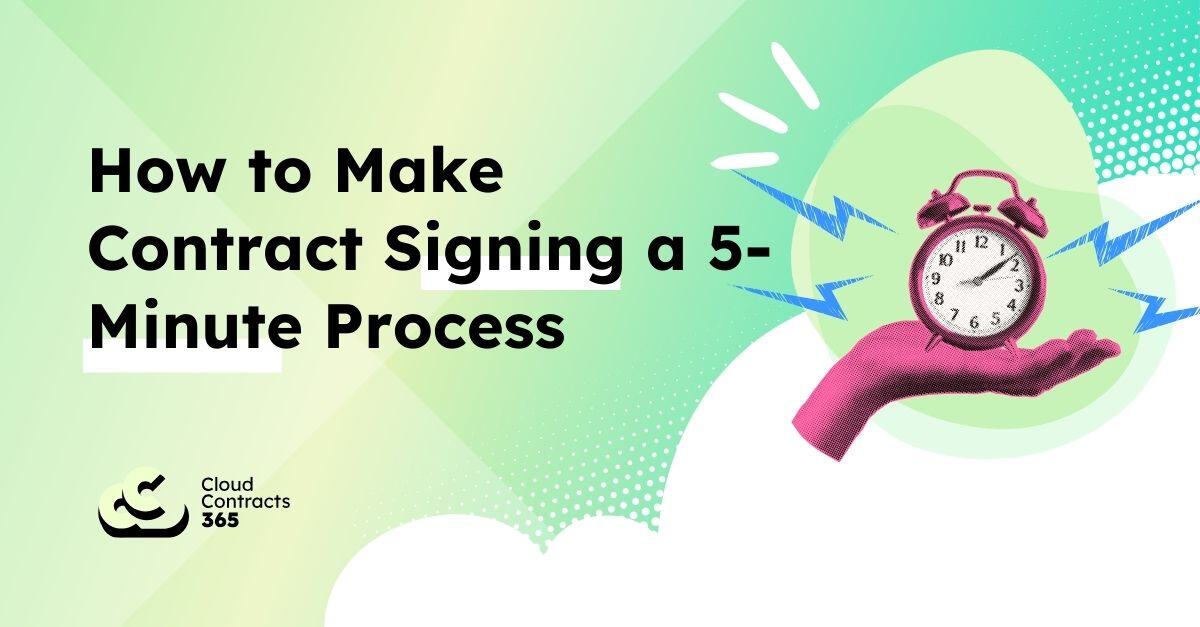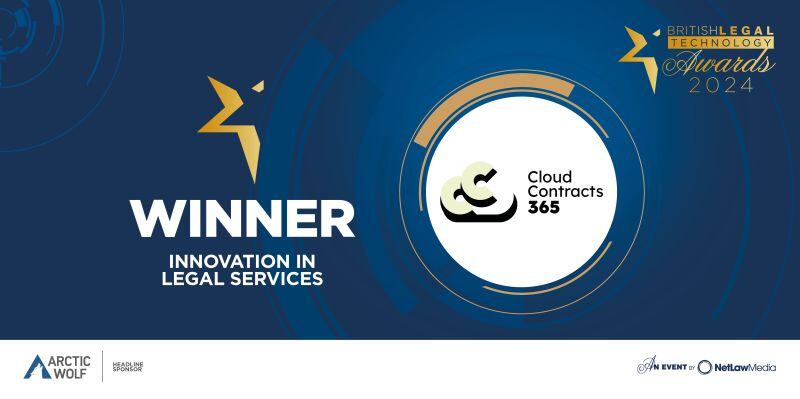SaaS (Software as a Service) agreements are essential for setting clear expectations between you and your service providers. However, these agreements can be a minefield of potential pitfalls that could jeopardise your business operations and financial stability. Understanding these common pitfalls and knowing how to avoid them can help you negotiate better terms and safeguard your interests. Let’s dive into five common SaaS agreement pitfalls and how you can sidestep them like a pro.
1. Unclear Service Level Agreements (SLAs)
Pitfall: SLAs are meant to set the gold standard for service quality, but a vague SLA can leave you in the dark about performance expectations and remedies for service issues.
How to Avoid: Nail down the specifics. Your SLA should clearly outline uptime guarantees, response times for issues, and the penalties for service failures. Demand regular performance reports and ensure the metrics are measurable. A well-defined SLA is your best defence against service-related surprises.
2. Inadequate Data Security and Privacy Provisions
Pitfall: Data security is non-negotiable, yet many SaaS agreements gloss over critical privacy and protection measures, leaving your business exposed to breaches and compliance risks.
How to Avoid: Insist on comprehensive data security clauses. Make sure the provider adheres to industry standards and complies with regulations like GDPR or CCPA. Secure commitments for regular security audits and clear protocols for data breaches. Protecting your data should always be a top priority.
3. Ambiguous Termination and Exit Clauses
Pitfall: Termination clauses are often overlooked, but an unclear or unfavourable exit strategy can trap you in a problematic contract and complicate your transition away from the service.
How to Avoid: Define termination conditions in black and white. Specify the return of data, any transition assistance, and fees associated with early termination. Ensure the exit process is straightforward and well-documented to avoid future headaches.
4. Overlooked Hidden Costs and Pricing Models
Pitfall: Hidden costs can turn a seemingly affordable SaaS agreement into an expensive burden. Complex pricing models and additional fees can catch you off guard.
How to Avoid: Scrutinise the pricing structure thoroughly. Request a detailed breakdown of all costs, including setup fees, usage charges, and any extra costs for additional features. Negotiate for transparency and include terms that cap costs or offer discounts for longer commitments.
5. Lack of Flexibility and Scalability Terms
Pitfall: Rigid SaaS agreements can stifle your ability to adapt as your business evolves. Lack of flexibility in scaling and adjusting services can limit your growth potential.
How to Avoid: Negotiate for terms that provide flexibility. Ensure the agreement allows for scaling up or down, adding or removing features, and adjusting service plans as needed. Discuss future growth with your provider to ensure the agreement aligns with your long-term goals.
Simplify Your SaaS Management with Cloud Contracts 365
Avoiding these pitfalls can transform your SaaS agreement experience, but managing contracts effectively requires the right tools.
That’s where Cloud Contracts 365 comes in. Our platform offers everything you need to streamline your contract management process—from contract creation with SaaS and other tech-specific templates to AI-powered document review, e-signatures, free storage, and automated contract date reminders.
With Cloud Contracts 365, you get a comprehensive solution to manage every aspect of your contracts under one roof.
Ready to take control of your contracting process and avoid costly pitfalls? Start your free trial today: Cloud Contracts 365 | Contract Management Made Simple.
Transform how you manage your SaaS agreements and see the difference for yourself!




























.png?width=1749&height=1743&name=NBWA%202024%20-%20Silver%20Winner%20(1).png)
.jpg?width=800&height=906&name=1725363000656%20(1).jpg)